I was scrolling through a schematic when suddenly I came across a series of capacitors which was connected parallel to the power rail, this power was going to IC. I want to understand that what do these many capacitors do and How their value is calculated.
-
1It is decoupling capacitors. – user263983 Jul 24 '23 at 17:40
-
See also https://electronics.stackexchange.com/q/59325/2028 and https://electronics.stackexchange.com/q/69398/2028 – JYelton Jul 24 '23 at 17:43
-
1Usually there is one for each chip. On the circuit board they are placed next to the chip. On the schematic they are all placed in one location to reduce clutter. For this usage, the values are rules of thumb. – user253751 Jul 24 '23 at 17:53
2 Answers
How their value is calculated.
Capacitors in parallel have a total capacitance that is the sum of the individual capacitances.
what do these many capacitors do
The reasons why a designer might choose to use multiple smaller capacitor over one larger capacitor include:
- possibly lower effective series resistance,
- possibly lower effective series inductance
- lower height to fit enclosure form factor
- economic considerations, such as having a surplus of otherwise unneeded parts.
- to distribute bypass capacitance to be physically near various ICs.
- 18,947
- 3
- 19
- 65
In addition to Math Keeps Me Busy's answer, these "decoupling capacitors" are all drawn this way to make them look neat and tidy. In physical reality however, these capacitors are spread out all across the circuit board, typically near each integrated circuit.
So rather than draw them this way, they are all drawn as one block. Even though that is not how they are used in the physical design.
The schematic could show them all as one group, or individually at each IC. It is preferred to draw them as one group because drawing them at each IC would make the entire schematic more cluttered and difficult to interpret. A schematic should always be made as clean and easy to read as possible.
- 15,913
- 4
- 30
- 67
